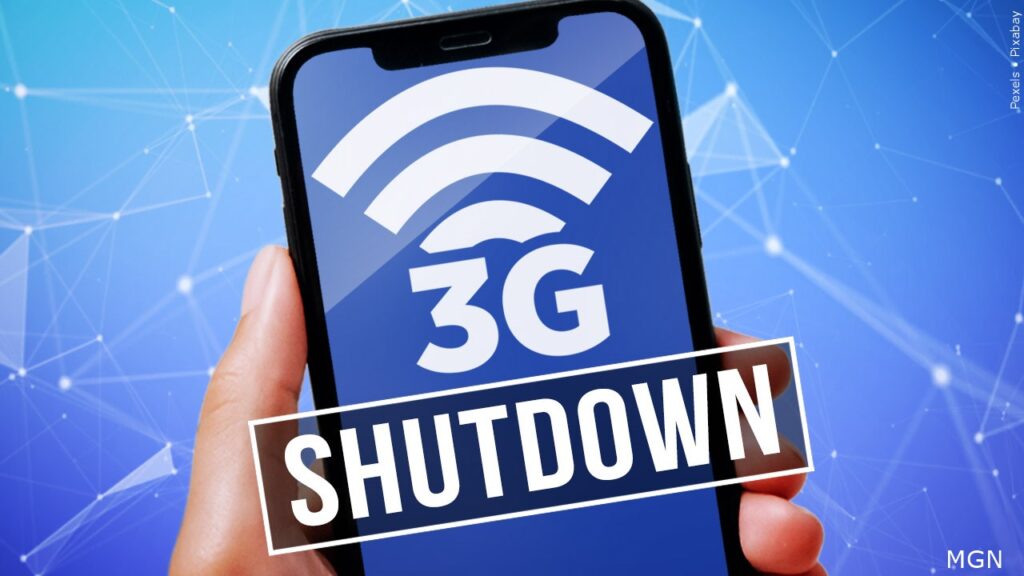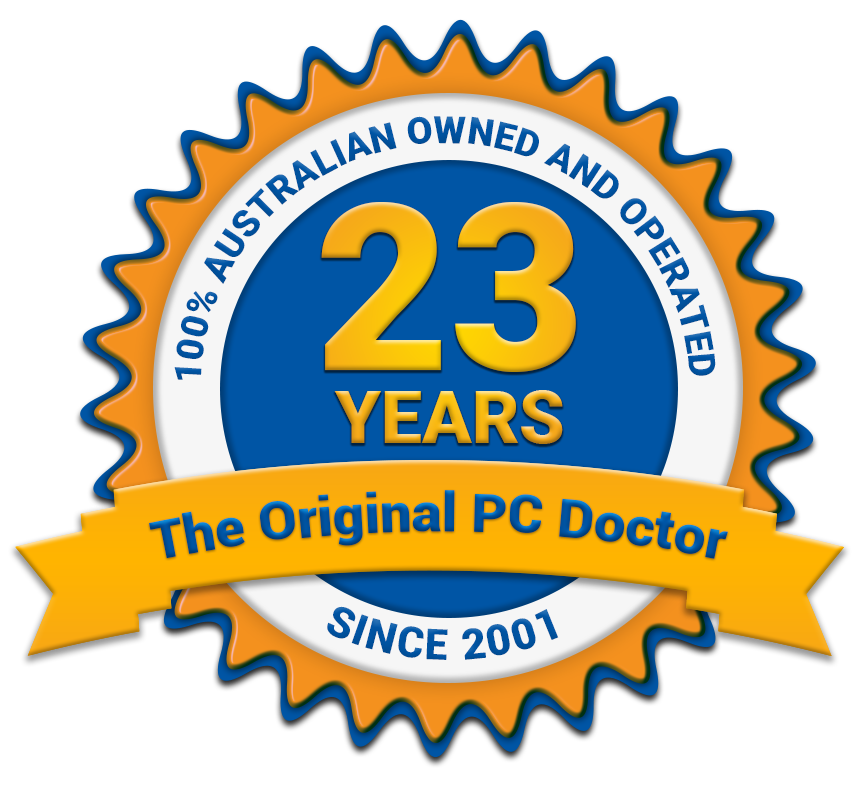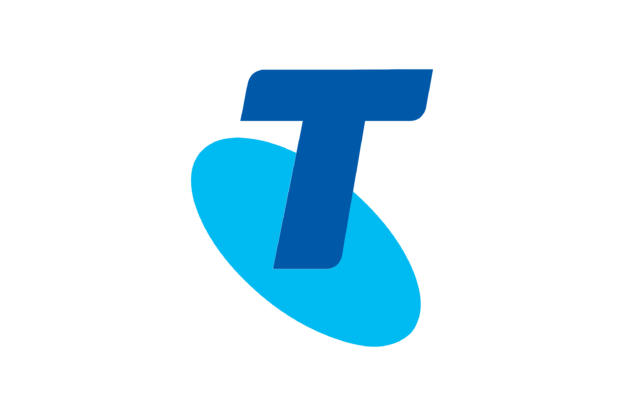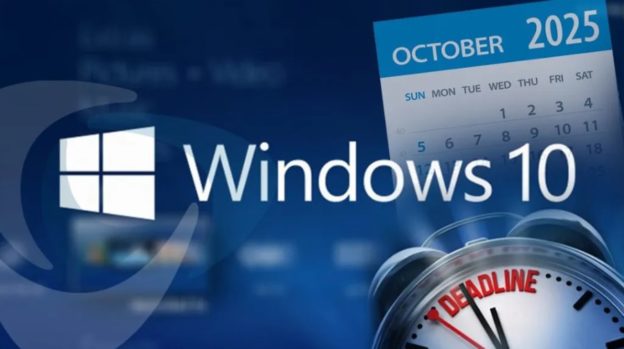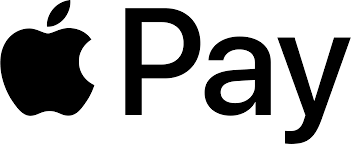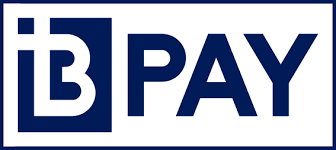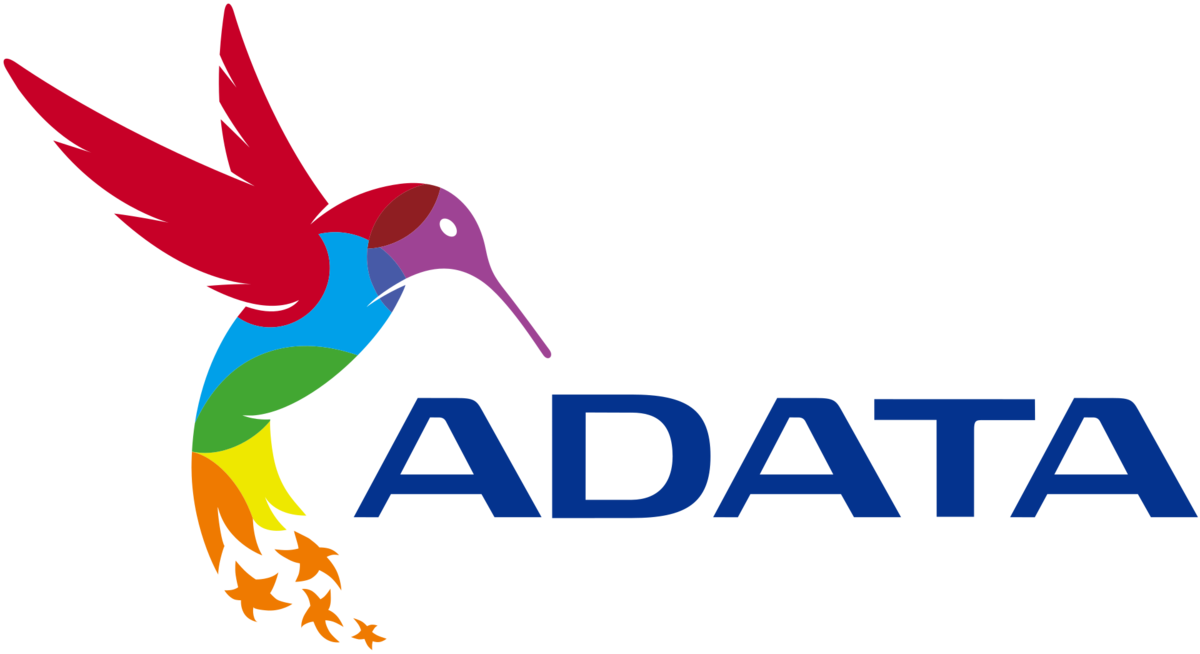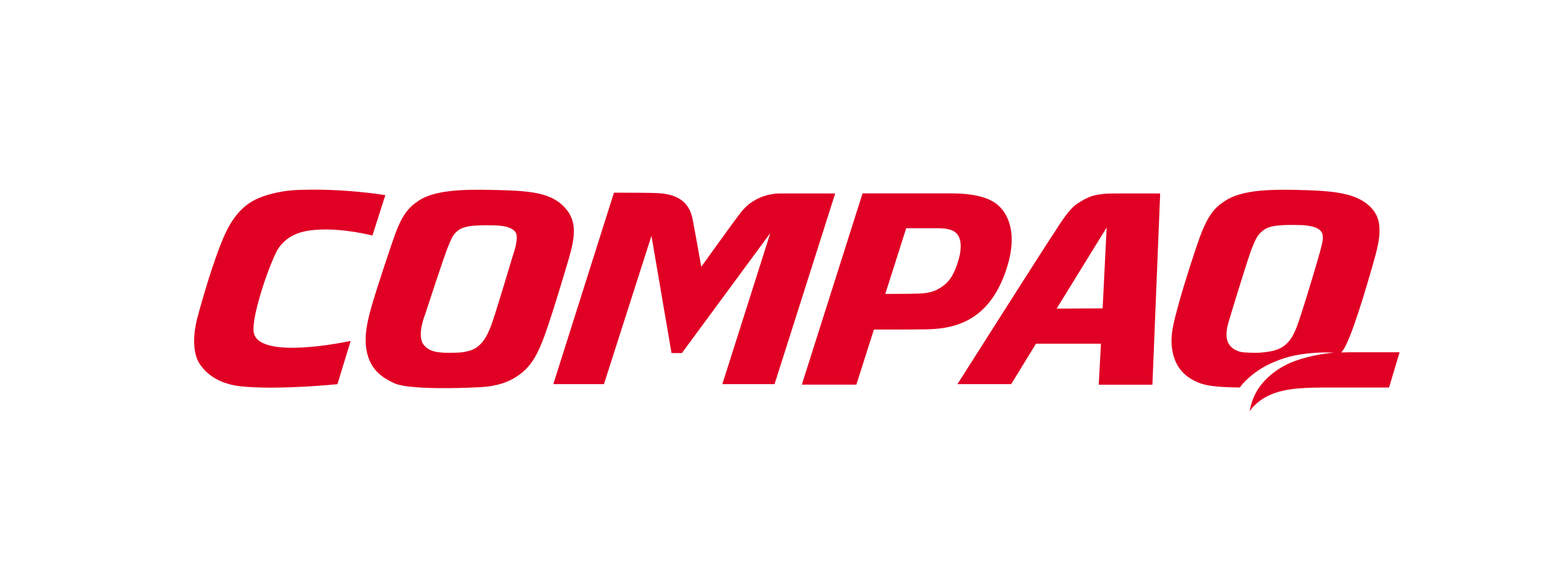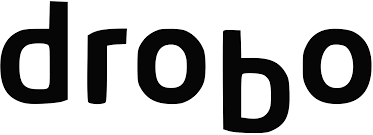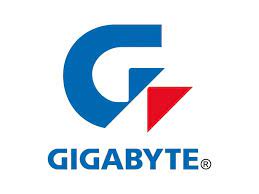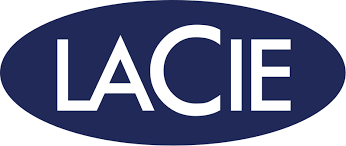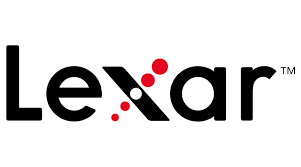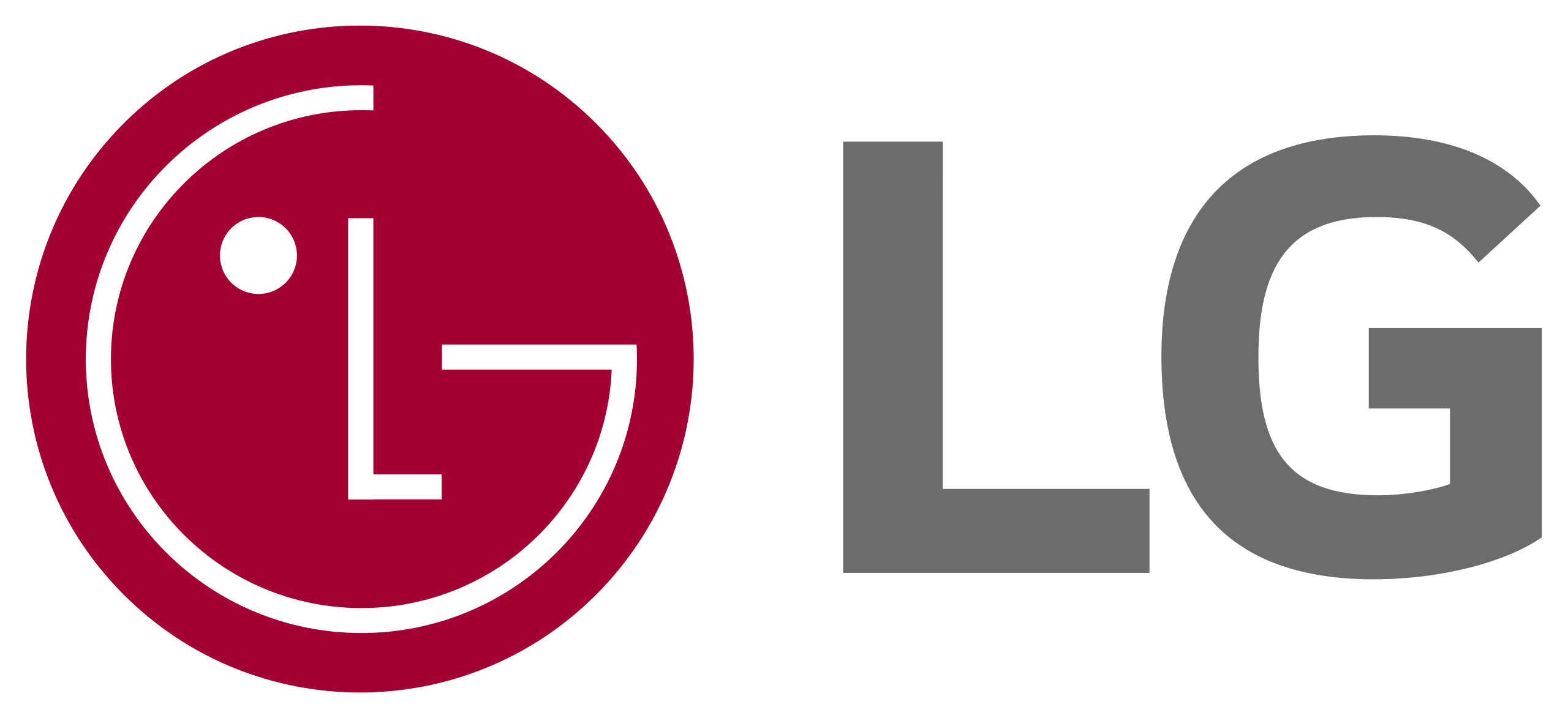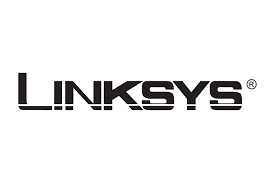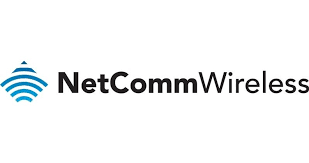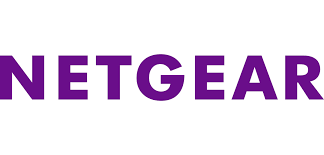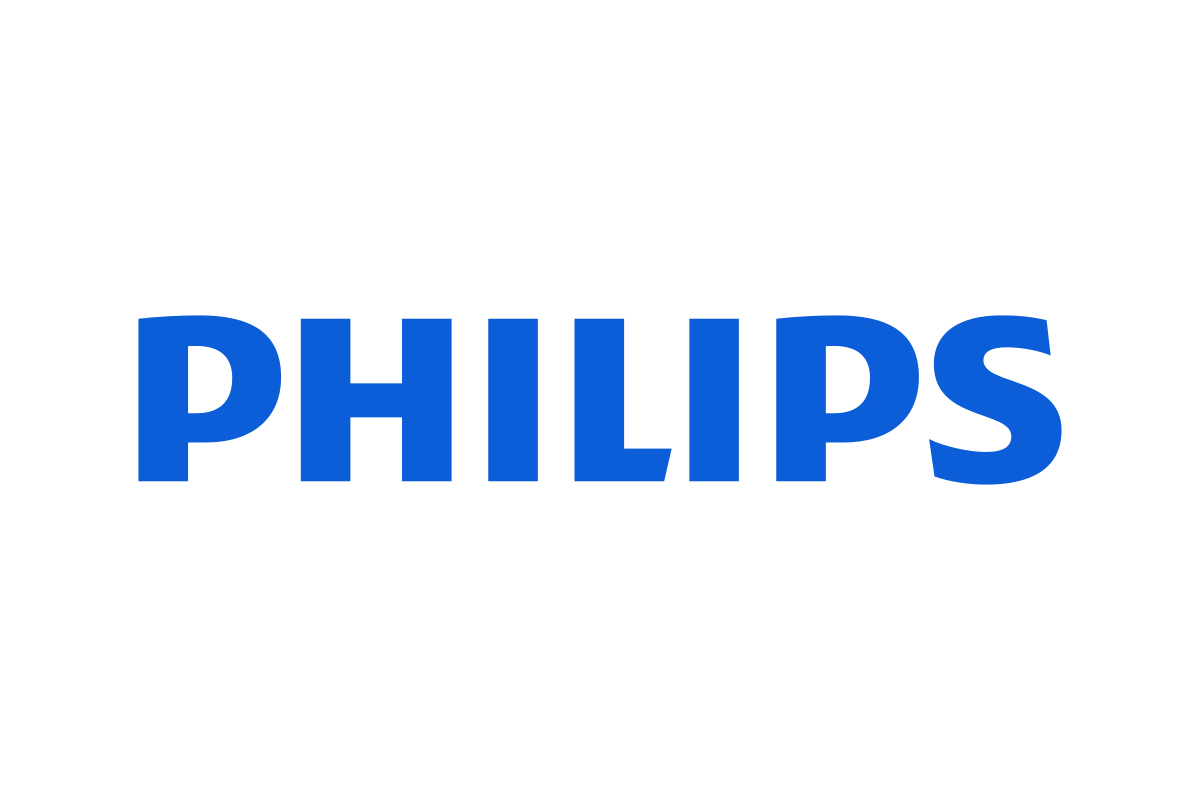Telstra’s 3G Shutdown: What it Means for You & Your Tech
If you’ve been holding onto an older phone or device, you might soon find yourself disconnected from the mobile network. Telstra, along with other major providers, is shutting down its 3G network, a move that has implications for millions of Australians in August 2024. Let’s break down what this means for you and what your alternatives are.
The shutdown of 3G networks in Australia impacts a significant number of users, particularly those with older devices and those relying on 3G-dependent technologies like medical alarms and certain vehicle telematics. While exact numbers vary, estimates suggest millions of Australians still used 3G-only devices or SIM cards in 2023. Introduced in the early 2000s, 3G revolutionized mobile communications, enabling faster data speeds and services like video calling and mobile internet access. It served as the foundation for the smartphone revolution, paving the way for the 4G and 5G networks we use today. However, with the rapid advancement of technology, 3G has become obsolete, prompting network providers to phase it out in favor of newer, more efficient networks.
Why is 3G Being Switched Off?
While 3G was once the backbone of mobile connectivity, it’s now outdated technology. With the widespread availability of faster 4G and 5G networks, maintaining the infrastructure for 3G is simply not efficient. The spectrum used for 3G can be repurposed to enhance these newer technologies, providing improved speed and capacity for users.
Who Will Be Impacted?
- Older Phones and Devices: If you’re still using a device that only supports 3G, it will no longer be able to connect to the Telstra network after the shutdown. This includes some older smartphones, tablets, and mobile hotspots.
- Medical Alarms and Security Systems: Some medical alert devices and home security systems rely on the 3G network. Users of these devices will need to upgrade to 4G-compatible models.
- Vehicle Telematics: Certain vehicles with built-in GPS tracking or emergency call features may also be affected if they rely solely on 3G connectivity.
What Can You Do?
- Check Your Device: The easiest way to find out if your device will be affected is to contact your carrier (Telstra, in this case) or check their website for compatibility information. You can usually find this on your device’s settings or by looking up the model online.
- Upgrade Your Device: If your device is not compatible with 4G or 5G, it’s time to consider an upgrade. This might seem inconvenient, but it’s an opportunity to benefit from the faster speeds and improved features of newer technology.
Alternatives for Specific Devices:
- Medical Alarms: Contact your alarm provider to discuss upgrading to a 4G-compatible model. They may offer assistance or discounts on the new device.
- Security Systems: Check with your security provider to see if your system can be updated or if you need a new one.
- Vehicles: Consult your car manufacturer or dealer about options for updating or replacing the telematics system.
Don’t Wait Until the Last Minute
The 3G shutdown is already underway, with some areas experiencing limited or no 3G coverage. It’s crucial to act now to avoid being caught off guard. If you’re unsure of what to do, reach out to Telstra or your device provider for assistance. https://www.telstra.com.au/
Embracing the Future of Connectivity
While the transition away from 3G might be a hassle for some, it’s an essential step towards a faster and more reliable mobile network for everyone. Embracing newer technologies not only ensures continued connectivity but also opens up a world of possibilities with improved speed, performance, and features.
—
Content Created on 03/07/2024 by
John Pititto
Managing Director
The Original PC Doctor




